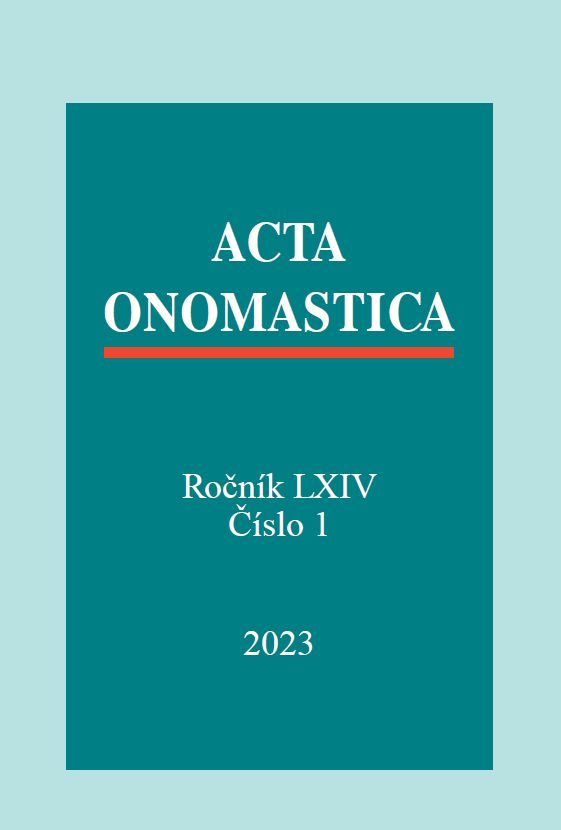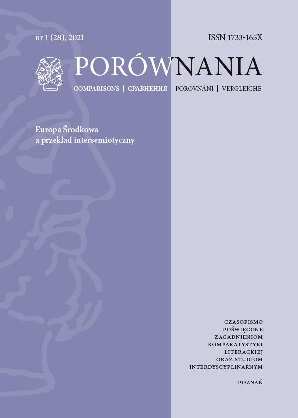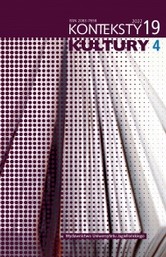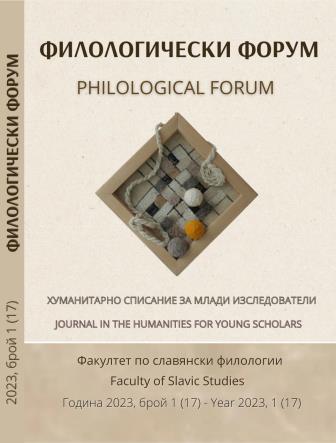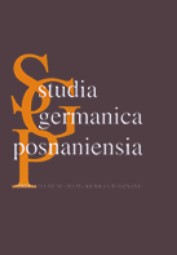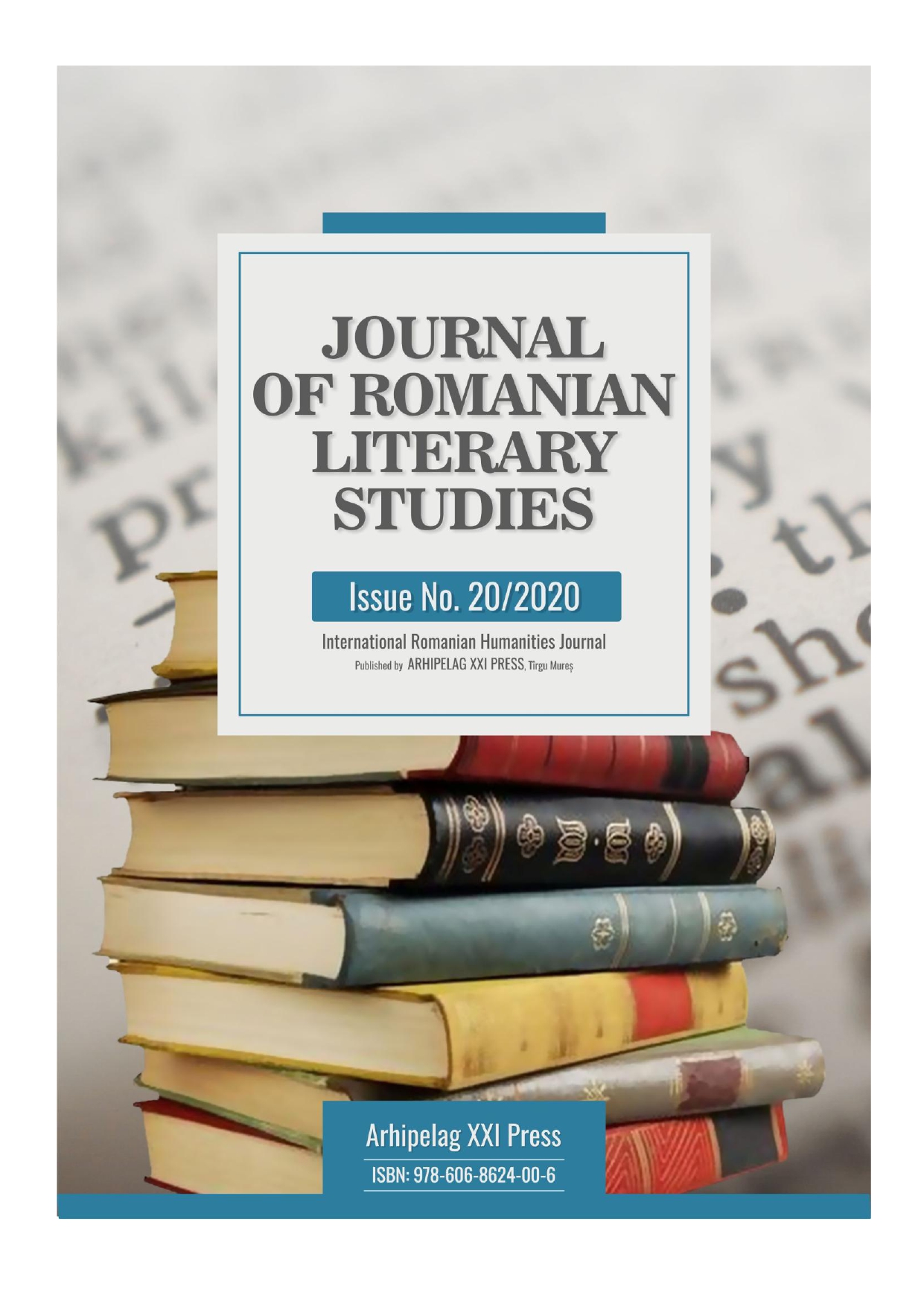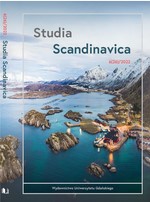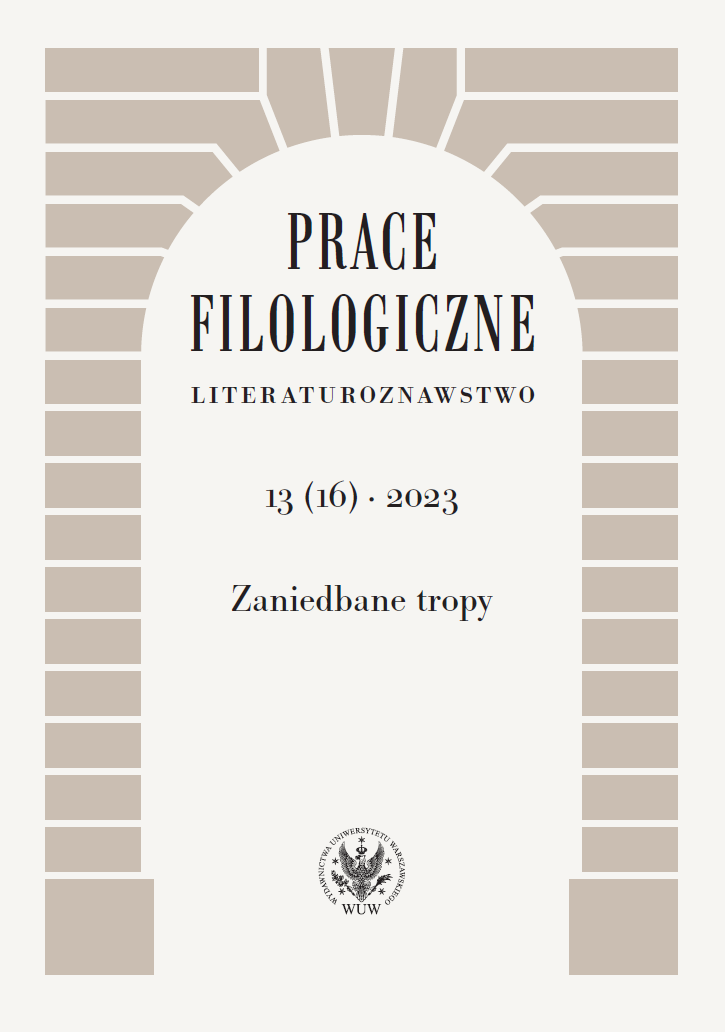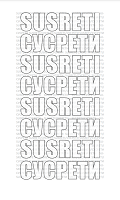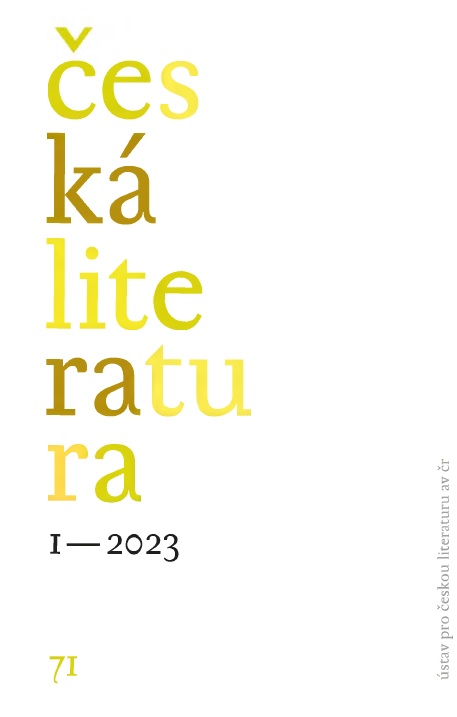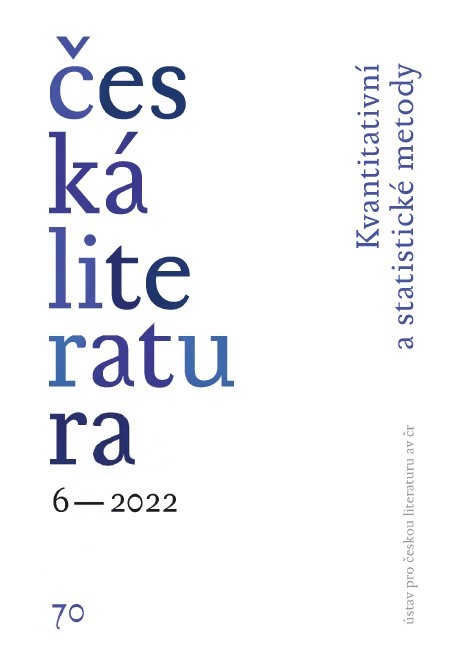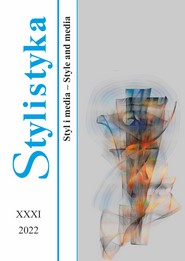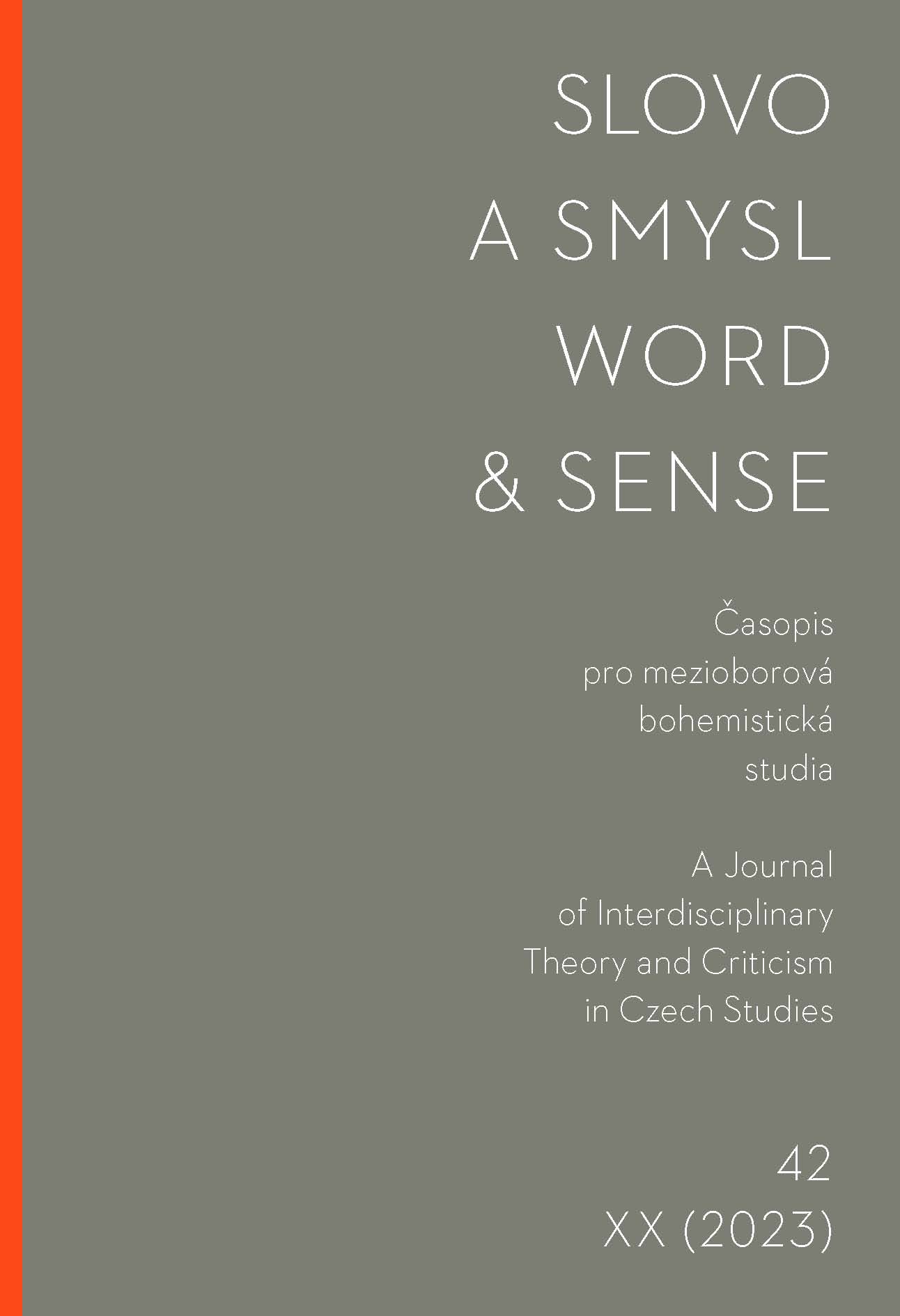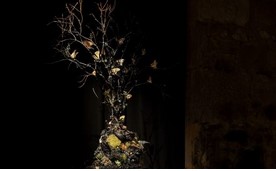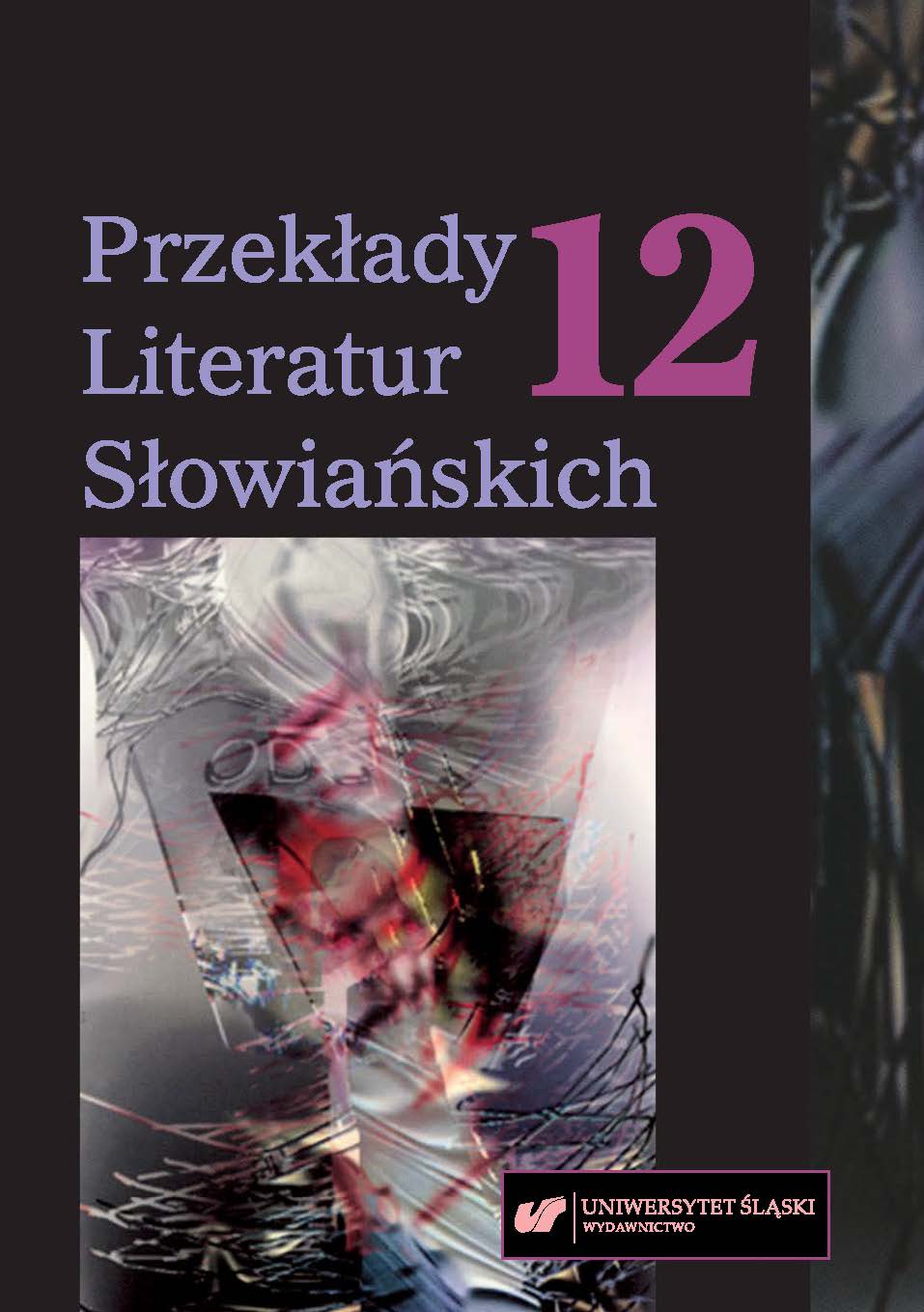
Recepcja czeskiej literatury dziecięcej i młodzieżowej w Polsce po 1989 roku
The primary purpose of this publication is to describe the last thirty years, comparing and organizing the phenomena in the reception of Czech literaturę for children and young adults in Poland after 1989. The mutual Polish-Czech relations and the reconstruction of the Polish publishing system had a significant impact on the nature and intensity of this reception. The relations from the end of World War II to 1989 were limited by specific political, economic, and cultural conditions and controlled by the state institutions established for that purpose.
More...
